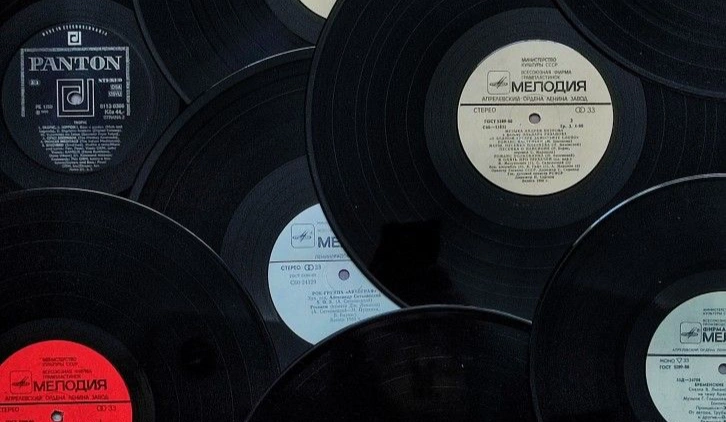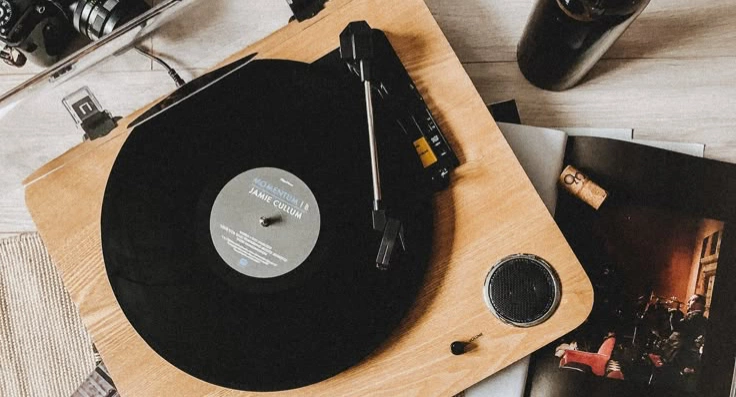Vinyl Records: Past and Present
Vinyl records are more than just a way to listen to music — they are cultural icons and a living archive of musical history. Despite the rise of digital formats, vinyl has seen a remarkable comeback in recent years.
The first vinyl records emerged in the mid-20th century as a more durable and better-sounding alternative to shellac discs. With improved fidelity and the advent of stereo recording, vinyl quickly became the dominant format. For generations, classic albums by The Beatles, Pink Floyd, or Led Zeppelin were experienced through the turntable.
Over time, vinyl was replaced by cassettes, then CDs, and finally digital streaming. Yet vinyl has something unique: a warm, analog sound that digital formats can’t fully replicate. That sound is often described as richer, fuller, and more emotional.
Vinyl is also appreciated for its aesthetics. The large, detailed album covers are artworks in themselves and highly collectible. The act of listening — selecting a record, removing it from its sleeve, placing it on the turntable, and gently dropping the needle — turns music into a mindful ritual.
Today, vinyl is back in style. It's being embraced not just by audiophiles and collectors, but by younger generations looking for authenticity and tangible musical experiences. Many artists release vinyl editions of their albums as a sign of quality and connection to their audience.
In essence, vinyl is not just a format — it's a culture. It brings generations together and reminds us of the value of truly listening.

A Brief History of Vinyl
Vinyl as we know it today first gained popularity in the mid-20th century, evolving from earlier shellac 78 RPM records. With the development of long-playing (LP) 33 1/3 RPM records and 45 RPM singles, vinyl became the dominant music format throughout the 1950s, '60s, and '70s. The improvements in fidelity, durability, and stereo recording technology made vinyl the go-to medium for music lovers and musicians alike.
From The Beatles and David Bowie to Pink Floyd, Aretha Franklin, and Led Zeppelin, entire generations discovered their favorite albums through the grooves of vinyl. It was more than sound — it was an experience.
As technology progressed, vinyl was gradually overtaken by cassette tapes, compact discs, and eventually digital files and streaming platforms. The convenience of carrying thousands of songs in your pocket was undeniable. Yet, something was lost in the transition — the tactile engagement, the richness of analog sound, and the emotional connection that came from owning a physical piece of music.
🔊 The Sound of Warmth and Imperfection
What makes vinyl so beloved, even in the digital age? The sound. Vinyl offers a warm, analog quality that digital formats often struggle to replicate. Audiophiles describe it as richer, deeper, and more organic, with subtle imperfections — like soft crackles or pops — that enhance the listening experience, making it feel alive and personal.

Unlike compressed digital files, vinyl preserves the dynamic range of a recording. Music feels fuller, more textured, and more intimate. When played on a quality turntable with good speakers, vinyl can make you feel as if you're right there in the studio with the artist.
🎨 Aesthetic and Ritual
Vinyl also has an undeniable visual and tactile appeal. The large album covers serve as canvases for iconic artwork — often turning records into collectibles and visual time capsules of cultural moments. Liner notes, lyrics, and inner sleeve designs add to the story, inviting the listener to engage more deeply with the music.
But perhaps what makes vinyl truly unique is the ritual of listening. Selecting a record, carefully removing it from its sleeve, placing it on the turntable, adjusting the tonearm, and dropping the needle — these steps require intention. Unlike algorithm-driven playlists, vinyl encourages presence. You don’t just hear the music — you participate in it.
📀 The Vinyl Revival
In recent years, vinyl has made a remarkable comeback. It’s no longer just for collectors and nostalgia-seekers. Young listeners, raised in the digital era, are discovering vinyl as a way to connect more meaningfully with music. Many artists now release limited-edition vinyl alongside digital formats — signaling quality, artistry, and a desire for tangible connection with fans.
Independent record stores, once in decline, are thriving again. Events like Record Store Day celebrate vinyl culture and unite music lovers around the world. Even major labels and pop stars are embracing the format, recognizing its growing cultural relevance.
🌍 More Than Music: A Community and a Culture
Vinyl is not just a format — it's a movement. It bridges generations, bringing grandparents, parents, and teenagers together over shared favorites. It fosters community through crate digging, listening parties, and music conversations offline.
In a world that often values speed, convenience, and disposability, vinyl invites us to slow down and savor. It teaches us to listen deeply, to appreciate craftsmanship, and to see music as more than background noise — but as art, emotion, and memory pressed into wax.
Close